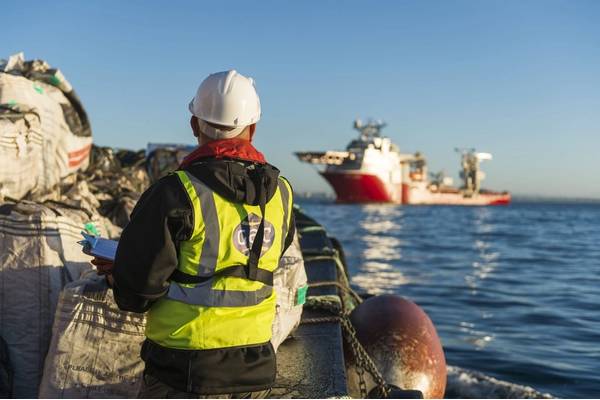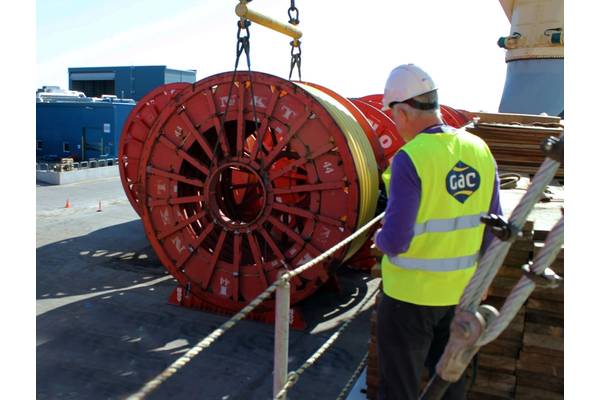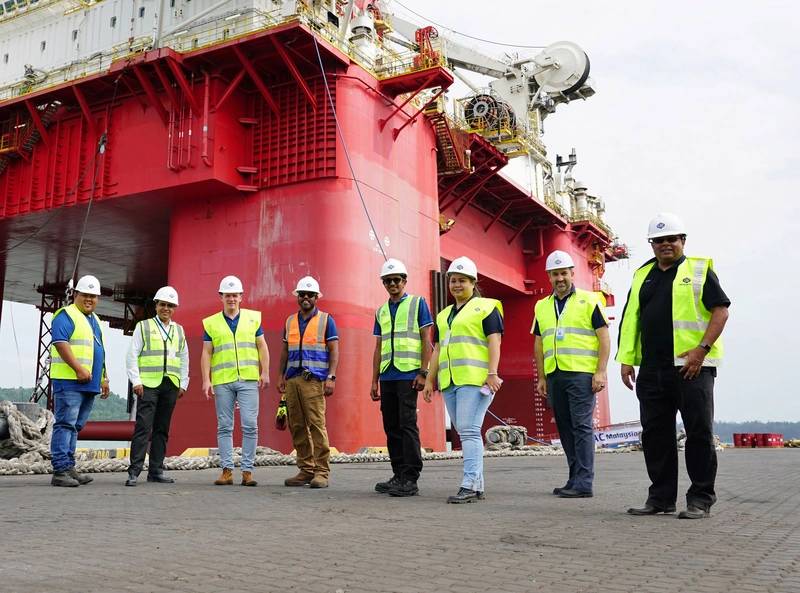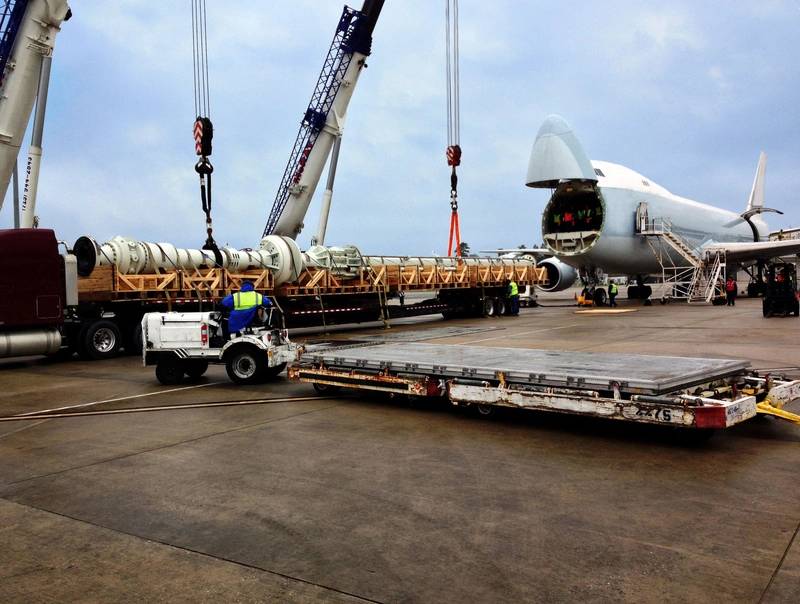


Strategic initiatives are attracting investors and petroleum contractors to Asia Pacific’s offshore energy market, propelling the region towards enhanced security and economic growth. As countries tap into their local resources to meet rising demand, the region is being presented with exciting opportunities for investors, energy players and the interconnected maritime and logistics sectors.
While countries like South Korea, Taiwan and Vietnam transition to cleaner energy sources and embrace environmental sustainability, the oil and gas (O&G) sector is experiencing a resurgence across the region.
Malaysia is prioritizing traditional O&G projects, particularly offshore drilling, following the discovery last year of significant offshore reserves totalling more than 1 billion barrels. Not surprisingly, analysts at BMI say Malaysia's O&G sector is acting as a magnet for investors and Petroleum Arrangement Contractors (PACs), evidenced by their active participation in recent petroleum bidding rounds.
Offshore O&G discoveries in both Malaysia and Indonesia have reignited investment, reflecting renewed confidence following the 2015 oil price downturn.
The Energy Council’s Regional Spotlight report highlights the expansion of Southeast Asia's O&G industry as the markets shift strategically from coal to natural gas, as well as rising domestic energy demand and increased industrialisation. Image courtesy GAC Malaysia
Image courtesy GAC Malaysia
Increased Demand
Global fuel demand is projected to increase by 1.7 million barrels per day (mb/d) in the first quarter of 2024, driven partly by emerging markets. The tanker business has also seen significant growth post-pandemic, particularly from companies like Shell and Chevron, which hold substantial global contracts.
A recent report from the International Energy Agency (IEA) states that the current oil demand in Asia Pacific is approximately 30.8 mb/d, a figure likely to increase to 38.5 mb/d by 2030. Countries in the region are turning to their local offshore resources to meet rising demand and enhance energy security.
Recent discoveries and strategic initiatives are enhancing the attractiveness of the O&G sector in Indonesia. Plans are underway to offer new exploration blocks in the North Sumatra basin by mid-2024, focusing on unconventional resources. These efforts are complemented by substantial revisions to the Oil and Gas Law and the implementation of investor-friendly fiscal policies to streamline the investment process.
In January, Malaysia’s state energy firm Petronas was awarded production-sharing contracts for six exploration blocks in the 2023 bidding round. A fresh bidding round was launched to explore 10 blocks and clusters, targeting potential investors. In July, Petronas signed contracts for three Discovered Resource Opportunities (DRO) clusters located offshore Peninsular Malaysia.
Malaysia is set to drill approximately 30 exploration wells this year and 35 wells in 2025, a sharp rise from just eight in 2021. Meanwhile, Indonesia is expected drill around 40 wells this year, doubling the number drilled during the pandemic. And while exploration in Indonesia is expected to decrease slightly in the latter half of the decade, it is expected to remain consistent in Malaysia through 2028 due to successful bidding rounds in recent years.
Fossil fuels currently account for three-quarters of the increase in energy demand by 2030 in the Asia-Pacific region, leading to a notable rise in related carbon emissions. To accelerate the transition to clean energy while meeting rising demand, the region must attract significantly higher levels of investment in the energy sector.
 Image courtesy GAC Malaysia
Image courtesy GAC Malaysia
Countries in the region are increasingly localizing energy projects, collaborating with local partners and suppliers to gain more control over production. Such critical energy projects require substantial local support if they are to reach their potential. Unlike projects in Europe and the North Sea, where foreign investors that come with their own support networks are welcomed, Malaysia mandates the extensive use of local support for offshore energy projects.
The surge in activity demands a comprehensive range of maritime services to support expanding demand. With its integrated shipping, logistics, and marine services portfolio, GAC is well-equipped to meet the diverse needs of the energy sector and supports projects across multiple locations and international borders.
GAC Malaysia has expanded its operations nationwide, with 17 offices covering 23 ports. The Labuan office specifically supports the offshore O&G sector as a supply base for offshore projects, as does the Kota Kinabalu office opened in August 2023.
Increased activity drives steady demand for supply vessels, drilling ships, floating production storage and offloading units (FPSOs), as well as port facilities and yard space to support energy projects. Competition is fierce, particularly around effective mobilization and demobilization projects, but experience and expertise to sufficiently support offshore O&G and renewable energy projects.
Prospects
Malaysia’s prospects for the coming years look promising, with the development of new technologies offering more opportunities for new players to enter this market. The region as a whole is brimming with offshore energy opportunities. Right now, it’s an exciting place to be.
Strategic investments and regulatory reforms are driving growth in the offshore energy sectors, transforming the regional market landscape and enhancing its potential role in addressing global energy demands. Ensuring the maritime and logistics sector can support these offshore projects effectively, be they O&G drilling platforms or wind farms, is vital if Asia Pacific is to realize its energy potential.



